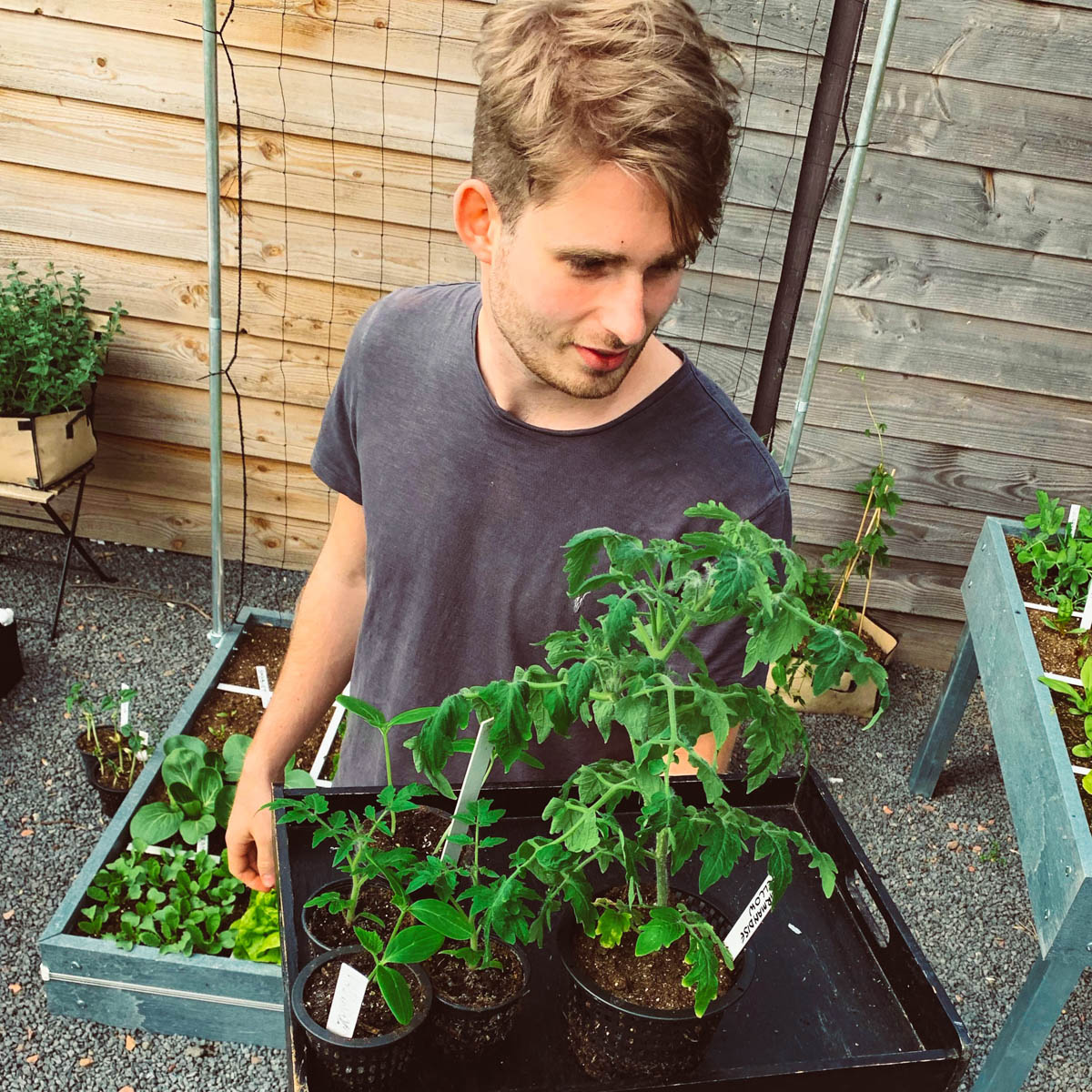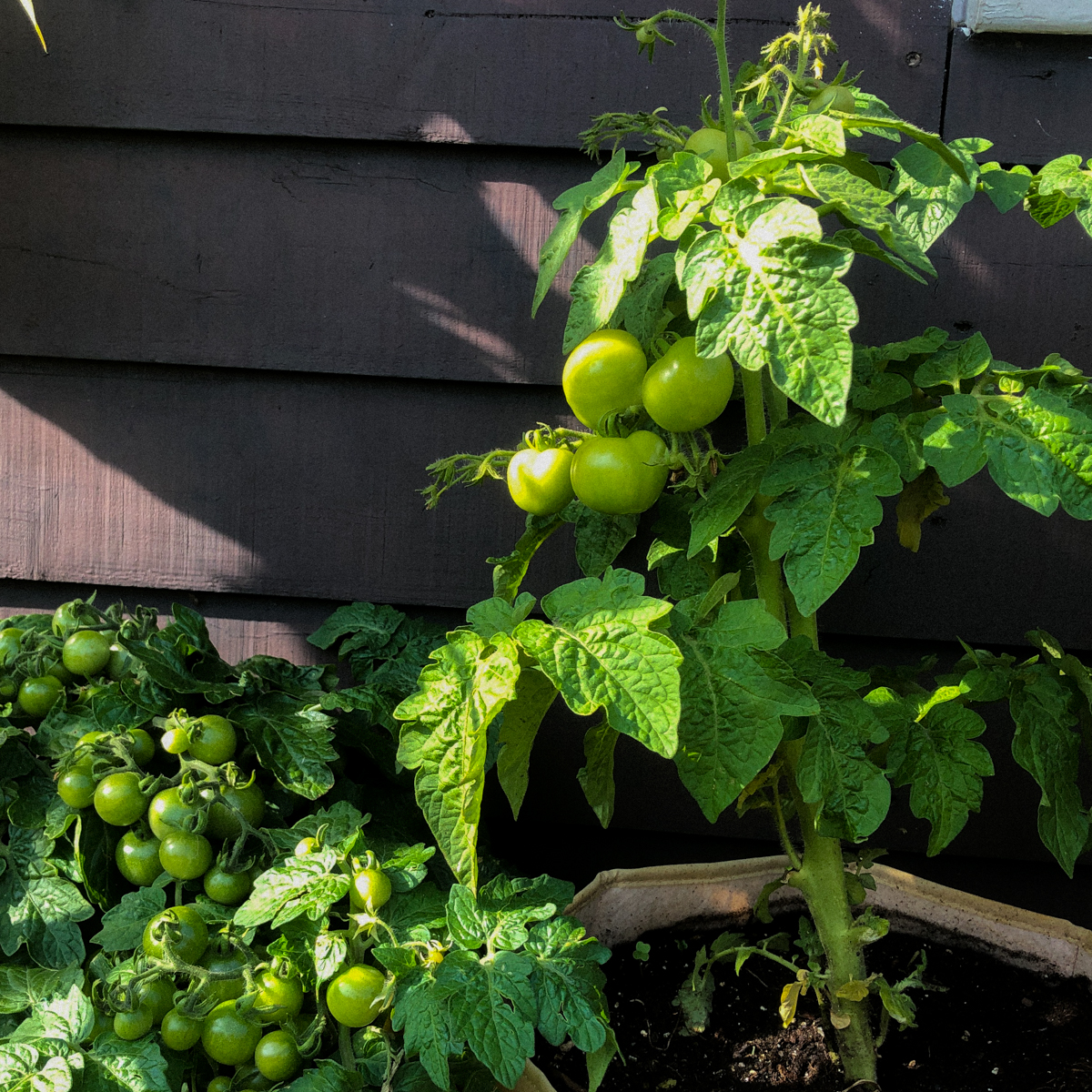- Seeds of the MM Garden
- Planty Sowing Calendar
- Are our seeds organic?
- What does F1 mean on the seeds of Planty Gardening?
- African marigold - sowing and growing
- Asian salad mix - sowing and growing
- Endive - sowing and growing
- Dino kale - sowing and growing
- Bush tomato
- Bush basil - sowing and growing
- Beet - sowing and growing
- Bush basil - sowing and growing
- Bush basil - sowing and growing
- Chioggia beet - sowing and growing
- Cos lettuce - sowing and growing
- Butter beans - sowing and growing
- Climbing zucchini - sowing and growing
- Liquorice mint - sowing and growing
- Yellomato - sowing and growing
- Marigold - sowing and growing
- Cucumber - sowing and growing
- Cilantro - sowing and growing
- Bibb lettuce - sowing and growing
- NZ spinach - sowing and growing
- Indian cress - sowing and growing
- Bok choi - sowing and growing
- Dino kale - sowing and growing
- Snow pea - sowing and growing
- Lettuce - sowing and growing
- Baby pumpkin - sowing and growing
- Radish - sowing and growing
- Arugola - sowing and growing
- Chard - sowing and growing
- Romano pole bean - sowing and growing
- Bacon bean - sowing and growing
- Spinach
- Bush bean - sowing and growing
- Stem lettuce - sowing and growing
- Sugar snap - sowing and growing
- Lamb's lettuce - sowing and growing
- Winter pea - sowing and growing
- Winter purslane - sowing and growing
- Winter lettuce - sowing and growing
- Carrot - sowing and growing
- Purple carrot - sowing and growing
- Sunflower - sowing and growing
- Seeds of the MM Garden
- Planty Sowing Calendar
- Are our seeds organic?
- What does F1 mean on the seeds of Planty Gardening?
- African marigold - sowing and growing
- Asian salad mix - sowing and growing
- Endive - sowing and growing
- Dino kale - sowing and growing
- Bush tomato
- Bush basil - sowing and growing
- Beet - sowing and growing
- Bush basil - sowing and growing
- Bush basil - sowing and growing
- Chioggia beet - sowing and growing
- Cos lettuce - sowing and growing
- Butter beans - sowing and growing
- Climbing zucchini - sowing and growing
- Liquorice mint - sowing and growing
- Yellomato - sowing and growing
- Marigold - sowing and growing
- Cucumber - sowing and growing
- Cilantro - sowing and growing
- Bibb lettuce - sowing and growing
- NZ spinach - sowing and growing
- Indian cress - sowing and growing
- Bok choi - sowing and growing
- Dino kale - sowing and growing
- Snow pea - sowing and growing
- Lettuce - sowing and growing
- Baby pumpkin - sowing and growing
- Radish - sowing and growing
- Arugola - sowing and growing
- Chard - sowing and growing
- Romano pole bean - sowing and growing
- Bacon bean - sowing and growing
- Spinach
- Bush bean - sowing and growing
- Stem lettuce - sowing and growing
- Sugar snap - sowing and growing
- Lamb's lettuce - sowing and growing
- Winter pea - sowing and growing
- Winter purslane - sowing and growing
- Winter lettuce - sowing and growing
- Carrot - sowing and growing
- Purple carrot - sowing and growing
- Sunflower - sowing and growing
How to sow and grow bush tomatoes
The tomatoes are about 5 - 7 cm in diameter and have an old-fashioned tomato taste: not too sweet but very tasty.

What is a bush tomato?
A bush tomato stays small and compact because the stem is shorter. They grow great without a trellis. They may need a little support from a stick of bamboo when the plant is full of tomatoes, but that's it.
There's no need to remove the side shoots on bush tomatoes. You want them nice and bushy after all.
Tomatoes are very healthy
They're also packed with lycopene. It gives them their beautiful color and also helps reduce the risk of cancer and heart disease.
Studies show that your body absorbs lycopene better if the tomatoes are cooked first. But when you cook them, they lose a lot of their vitamin C.
So, enjoy your bush tomatoes both raw and cooked to get all the benefits.

More about our bush tomato
Tomatoes are true summer vegetables that need lots of warm weather. So pick a sunny spot for your plant, either or in an MM-Mini of in the last row of your garden box or the one in front of that if the box has a trellis.
- Species name: balcony tomato 'Maya’
- Family: nightshade
- Plants per square patch: 1
- Height: 50 - 80 cm
- Pre-sowing: mid-March till end of April. Plant outside in mid-May
- Position: back row or the last row in front of that with a trellis. Or ideal for the MM-Mini
- Time to harvest: After 16 weeks
- Germination: 20°C in 6 - 10 days
- Sunlight: Needs a sunny spot protected from the wind
What do you need to grow your own bush tomatoes?
- a 30x30 cm square patch with airy, nutritious soil mix
- bush tomato seeds
- a place with at least 8 hours of sunlight a day
In other words: an MM-Mini, or a square patch in one of our garden boxes, filled with MM-Mix.
Growing your own bush tomatoes is super easy with the MM-Mix. If you grow in low-quality (potting) soil, disappointment is pretty much guaranteed. So, don't skimp on soil mix: go for the best.

How do you sow and grow bush tomatoes?
Each plant goes through a number of stages - we call them levels. The app tells you exactly what to do at each level and checks in when your plants are ready for the next.
So you don't need to know how to grow bush tomatoes before you start: the app takes you through every step.
But if you'd like to read more about those steps, here's what the process looks like:
Level 1: Pre-sowing a bush tomato
So, you pre-sow them indoors at the end of March. Once you have a strong, young plant around the end of May, you can move it outside to your garden box.
Pre-sow 2 tomato plants so you'll have a backup, just in case.
This is how you pre-sow:
- fill 2 air pots with the MM pre-sowing mix*
- put 1 seed in each pot in the mix: 1 cm deep
- put the pots in a warm place in the living room
- keep the mix moist for the next few days
Level 2 and 3: Bush tomato seedlings
Then put the pots in an area that gets a lot of light but somewhere that won't get too warm.
Keep the mix moist and give the pots a quarter turn every day. This will prevent the seedlings from growing crooked.
After another 10 days or so it's time for the next level.

Level 4 and 5: Taking care of your plants on the windowsill
Make sure they get plenty of light but don't get too warm: full sun, but not warmer than 20°C.
And keep giving them a quarter turn every day so they don't grow crooked. Keep the soil mix moist.
After another 10 days or so transfer the plants to a larger pot with MM-Mix only. This will help the plants create extra roots and they'll grow even better.

Level 6-10: Getting used to the outdoors
At level 10, your plants will stay outside all day. You only bring them inside at night.

Level 11: Plant the most beautiful tomato plant
Make a hole and sprinkle some extra nutrients in it. Then put your tomato plant in the hole. That's it.
Of course, water your bush tomato regularly. Always water the base of the plant, never the leaves.
Level 12 - 14: Caring for your tomato plant
Every 4-5 weeks, add some extra nutrients to the soil mix. In July, the first tomatoes will start to ripen. As soon as fruits appear, give your plant some support to prevent it from falling over. Propping it up on bamboo sticks is an easy way.
Unlike other tomatoes, you don’t need to remove the side shoots (suckers): you want your plants to get nice bushy. When the tomato fruits ripen, just remove any leaves that are blocking their sun.
Water regularly, remove weeds and ugly leaves, and watch your tomatoes start to grow.

Level 15: Harvest the first tomatoes
In warm sunny weather, it happens fast. It goes slower if the temperature is lower.
Tomatoes are best when they're bright red but still firm. If you leave them hanging too long they become soft and mealy.
Ripe tomatoes can be picked by hand: the stems break easily. Or use scissors and cut them off.

What do you use bush tomatoes for?
They're delicious on their own or added to salads, sauces, soups, and stir fries.
The last levels
To encourage them, cut away any leaves hanging in front of the fruits so the sun can reach them.
Cut off new flower clusters too: if they turn into tomatoes, they'll just stay green and won't ripen. Remove them so all the plant's energy can focus on the tomatoes that are already there.
You can keep harvesting until fall. Tomato plants can't handle cold weather so then it's time to remove them from your garden box or MM-Mini.

So: how about growing your own bush tomatoes?
Plus: with our app and materials, it's practically impossible to fail 😉
Buy your bush tomato seeds here or get started with a complete starter set:

About our seeds
- Seeds of the MM Garden
- Planty Sowing Calendar
- Are our seeds organic?
- What does F1 mean on the seeds of Planty Gardening?
- African marigold - sowing and growing
- Asian salad mix - sowing and growing
- Endive - sowing and growing
- Dino kale - sowing and growing
- Bush tomato
- Bush basil - sowing and growing
- Beet - sowing and growing
- Bush basil - sowing and growing
- Bush basil - sowing and growing
- Chioggia beet - sowing and growing
- Cos lettuce - sowing and growing
- Butter beans - sowing and growing
- Climbing zucchini - sowing and growing
- Liquorice mint - sowing and growing
- Yellomato - sowing and growing
- Marigold - sowing and growing
- Cucumber - sowing and growing
- Cilantro - sowing and growing
- Bibb lettuce - sowing and growing
- NZ spinach - sowing and growing
- Indian cress - sowing and growing
- Bok choi - sowing and growing
- Dino kale - sowing and growing
- Snow pea - sowing and growing
- Lettuce - sowing and growing
- Baby pumpkin - sowing and growing
- Radish - sowing and growing
- Arugola - sowing and growing
- Chard - sowing and growing
- Romano pole bean - sowing and growing
- Bacon bean - sowing and growing
- Spinach
- Bush bean - sowing and growing
- Stem lettuce - sowing and growing
- Sugar snap - sowing and growing
- Lamb's lettuce - sowing and growing
- Winter pea - sowing and growing
- Winter purslane - sowing and growing
- Winter lettuce - sowing and growing
- Carrot - sowing and growing
- Purple carrot - sowing and growing
- Sunflower - sowing and growing
